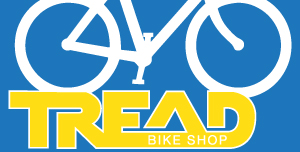Differences in BMX
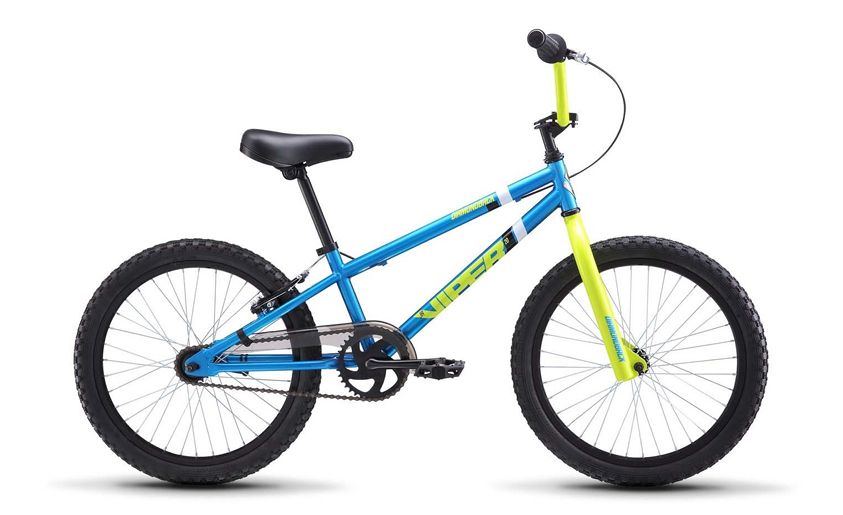
BMX
BMX bikes are probably the most common bikes seen. They typically have a low seat, high-rise handle bar with a cross bar in the middle, and use a single speed free wheel; the higher end ones use a cassette. BMX bikes have many sub categories to them, if a BMX bike doesn’t fit into any of the sub categories than that means it isn’t intended for any specific task and shouldn’t be used for any out of the ordinary bike riding. The geometry of a BMX is intended for the cyclist to stand up to pedal, standing is the only way to generate enough force to pick up speed. The bikes corner very well and are relatively durable if properly equipped.
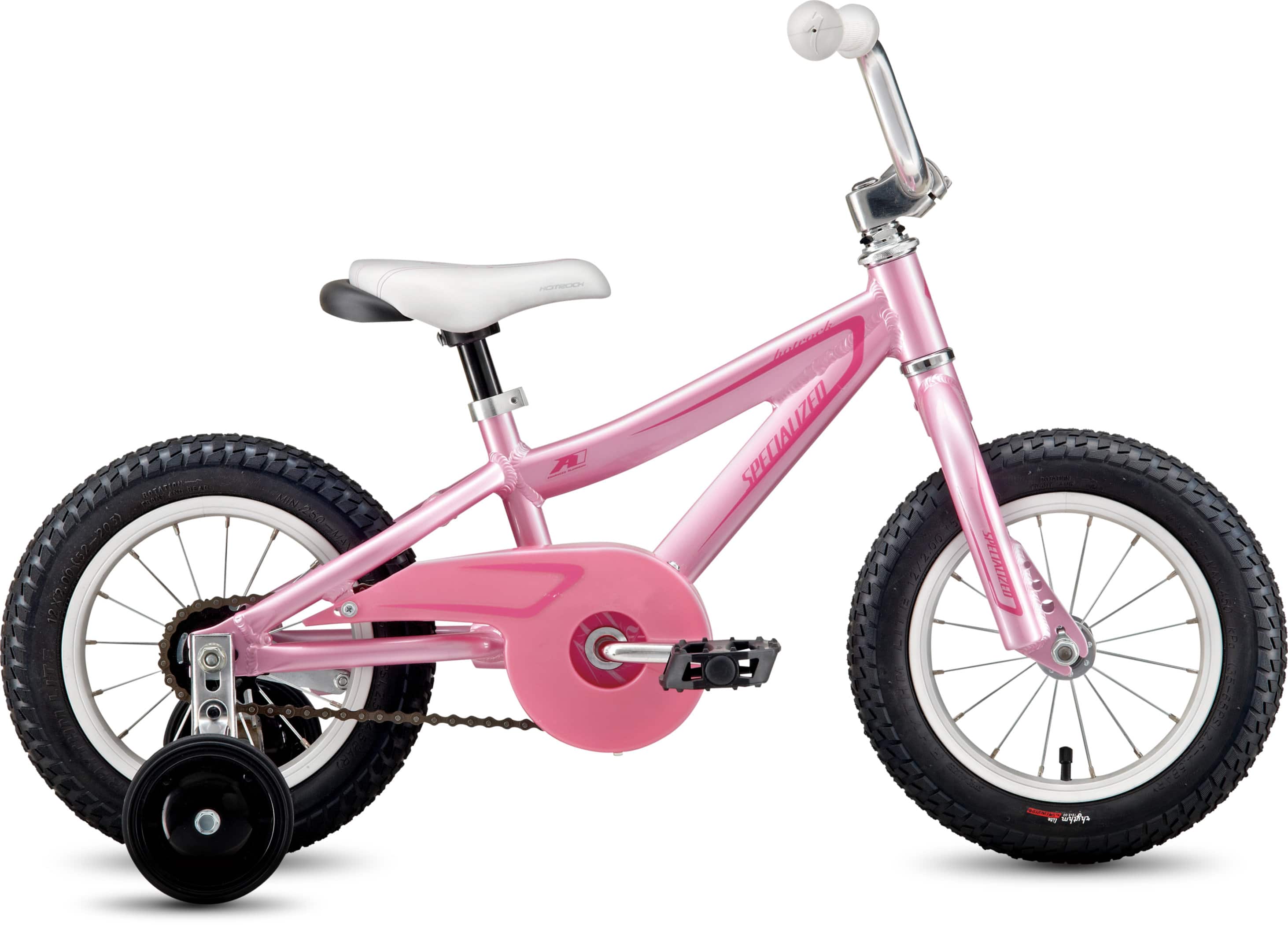
12' Youth/kids
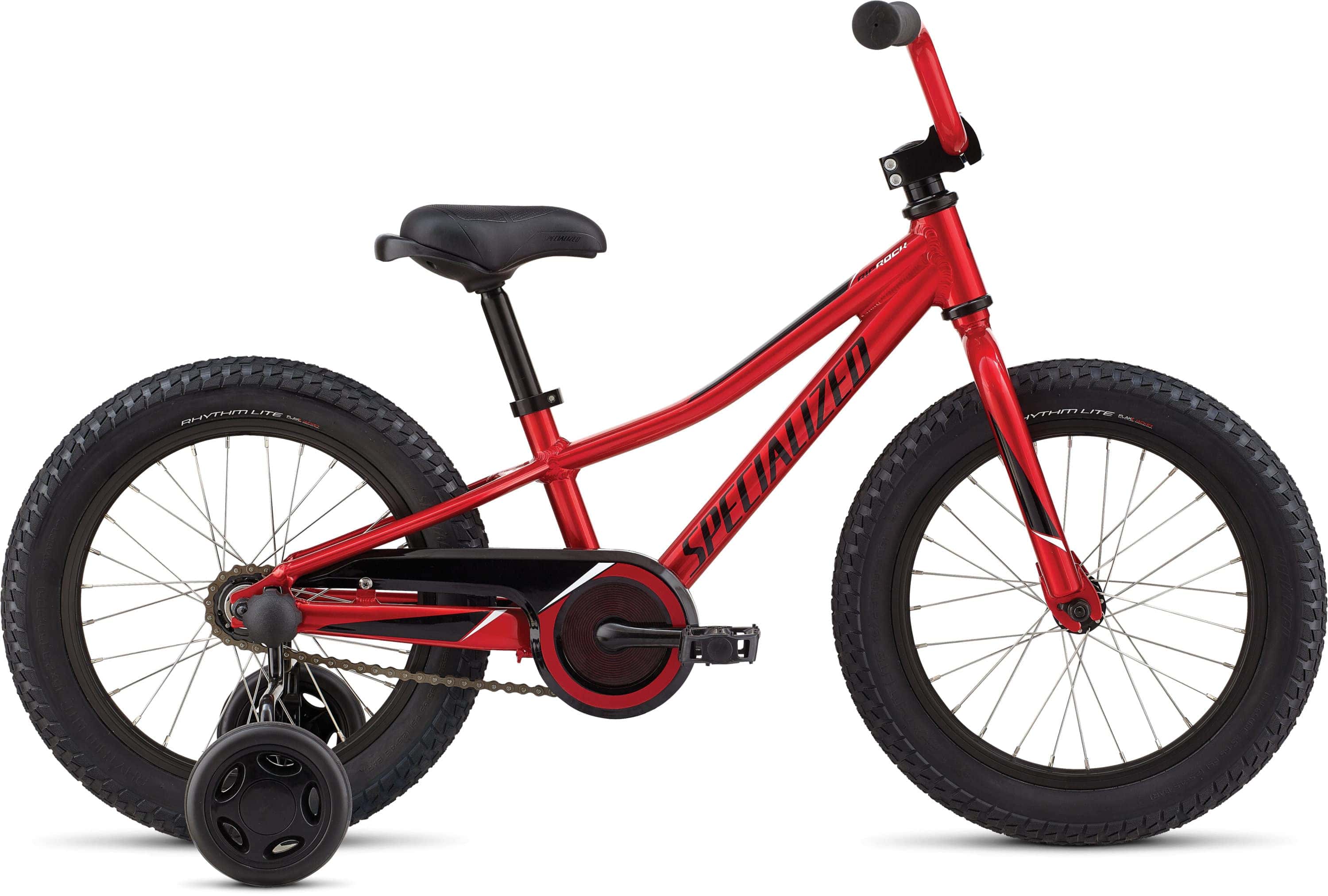
16" Youth/Kids
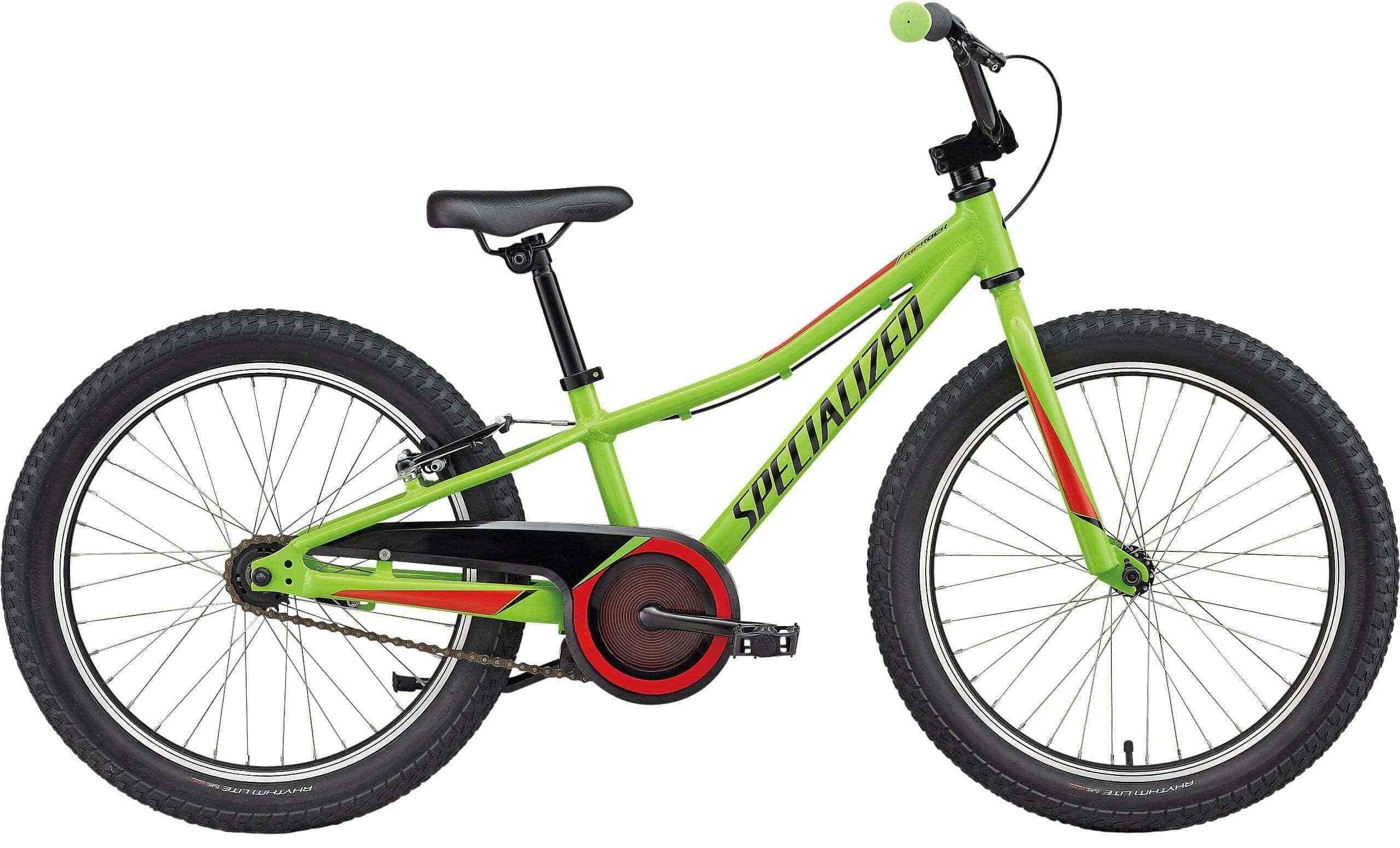
20" Youth/Kids
BMX youth bikes come in many sizes, to be specific they are made in 12”, 14”, 16”, 18” and 20”. Most people don’t bother with the 14” and 18” because the window in which a child would fit one of those two bikes is so small they are often better off going up to the next size up, even if they don’t fit the next size immediately. Waiting a few months until they do is usually worth it. A child who perfectly fits a 14” today will probably need a new bike in about a year, versus putting that same child on a 16” that feels slightly big but will last them anywhere between 2-3 years. The quality difference between youth models is primarily the weight. Brands normally don't make multiple levels of a 12” or 16” because kids are expected to grow out of them within 3 years. So the only real difference between kids BMX models is weight and aesthetics.
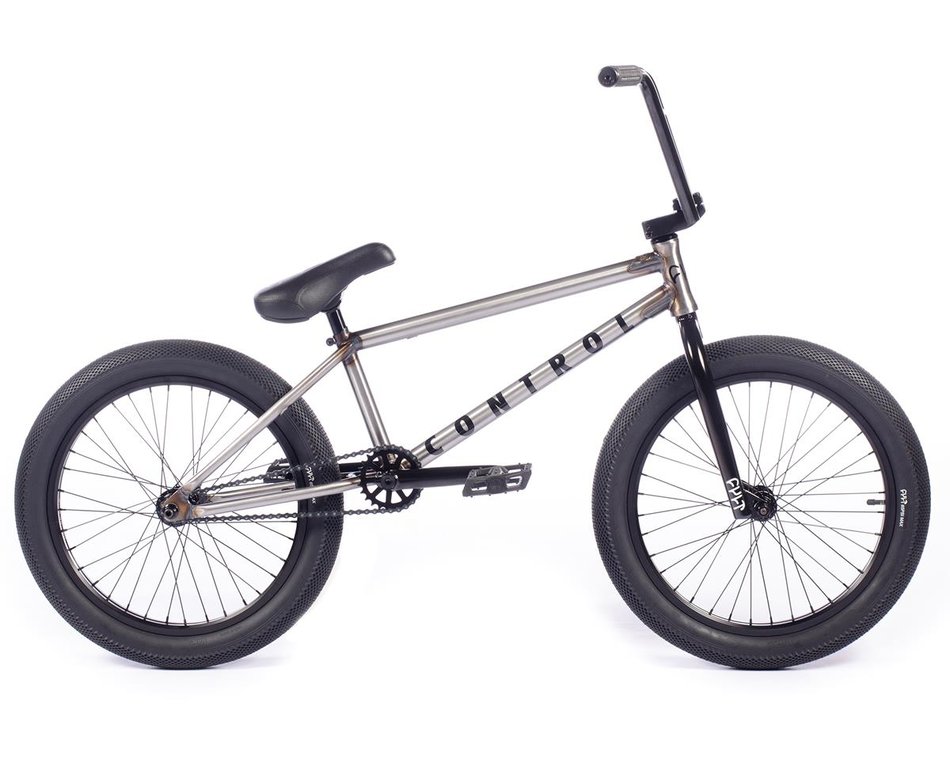
Freestyle
Freestyle BMX bikes are meant for cycling tricks and acrobatics. Freestyle BMX bikes are built light, durable and agile. People use these bikes to perform tricks wherever they can find obstacles that they are interested in. you’ll see them do 180’s and 360’s off of any elevated platform they can find or even off stairs. Freestyle BMX bikes are also used in skate parks to do tricks off ramps. If the cyclist switches out the tires for something more dirt compatible they can also be used in pump tracks and dirt jumps. Freestyle bikes are typically made of chromally, use 14mm axles in the rear wheel and also need double wall rims to handle the punishment of the tricks they do. The bottom brackets are designed differently also, they have a Spanish, European, Mid and American style bottom brackets; each bottom bracket is equally capable but different crank sets and frame types require different measurements. The frame sizes are based on the length of the top tube ranging from 19”- 22”. The wheel sizes range from 18” to 20”
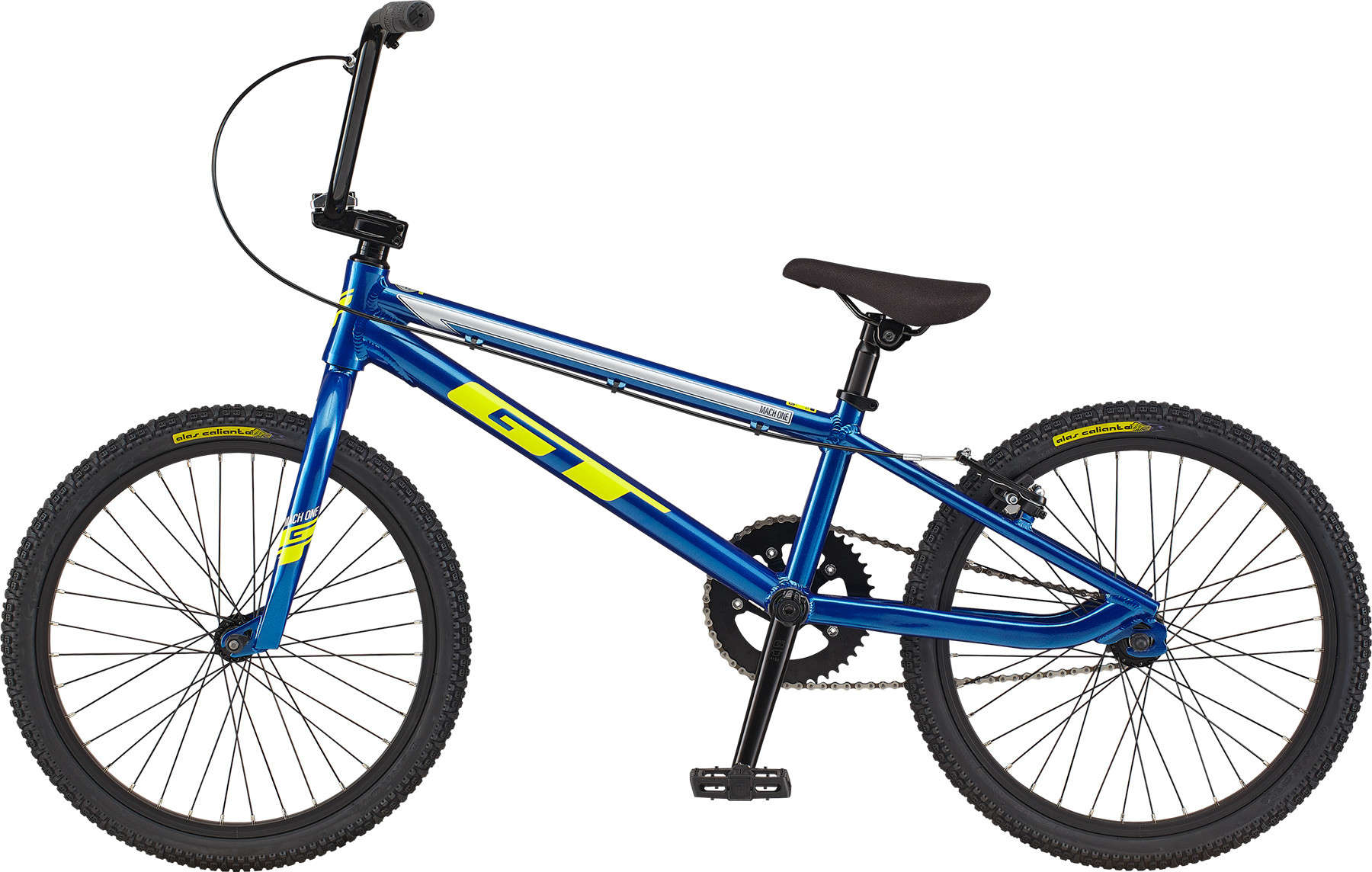
BMX Race
BMX race bikes are designed for off road dirt jump style races. The frames are longer, the wheels are narrower and the handlebars are wider. The longer frame allows for harder pedaling since the weight of the rider is distributed a further to the back and the narrow wheels pick up more speed since there is less friction and the wider handle bars allow for better control of the bike on the unstable off road surface. The wheel sizes typically range from 18”-22”
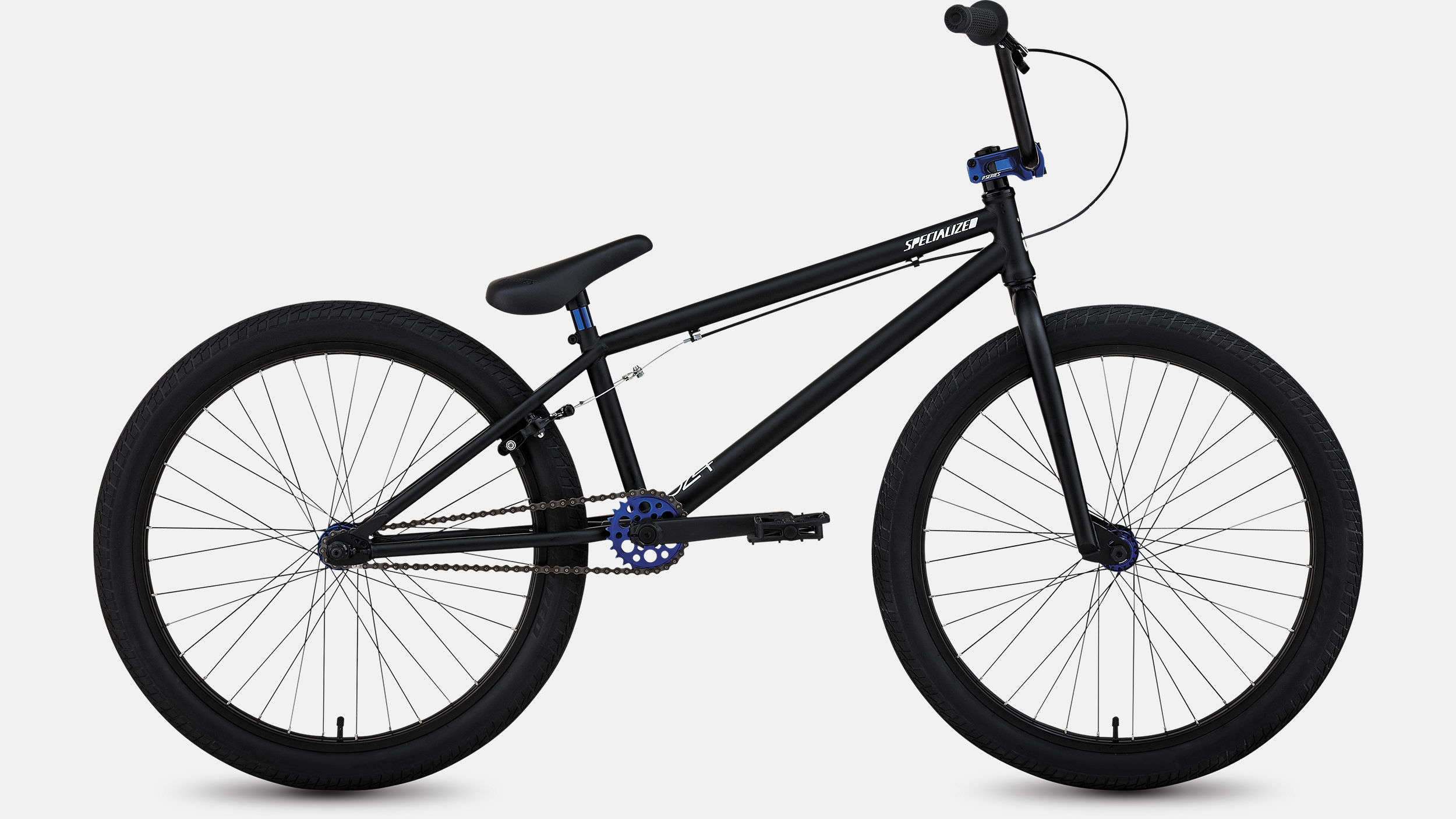
BMX Cruiser
A BMX cruiser is a bike that is of a BMX style but not intended to partake in any specific activity. These bikes are for people who enjoy the style of a BMX bike but primarily intend to use it just to get around or ride with their friends. BMX cruisers are available in 22”, 24” and 26” wheel sizes
